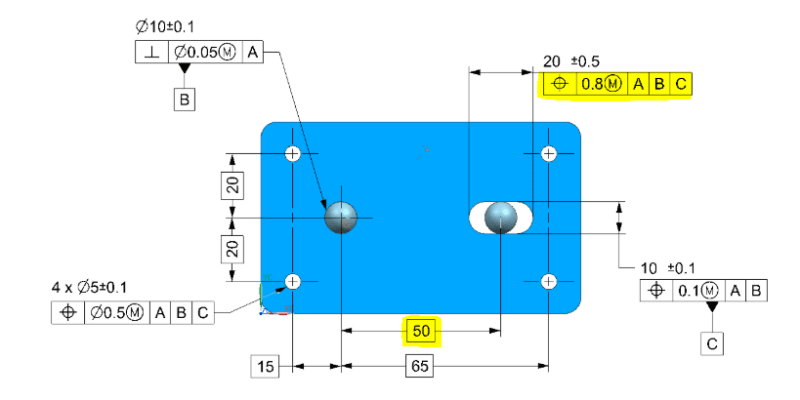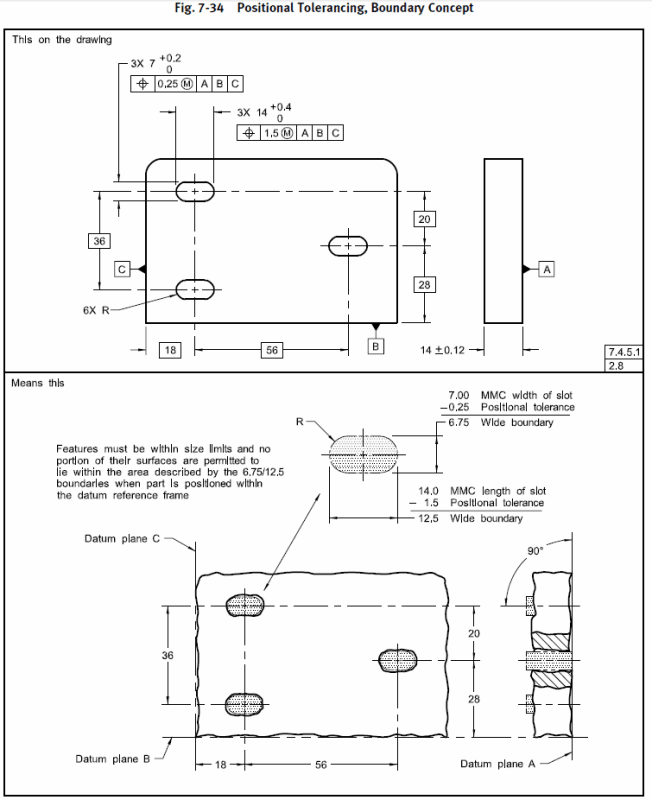anbumanoger
Aerospace
Hi everyone,
when there is a position callout given on the dimension line which is 0.8mm position and the dimension line is the distance from the datum and its basic dimension which is 50mm. Now, what would be the tolerance for 50mm Basic dimension? 50±0.8 or 50 ±0.4mm.
Because when there is a position callout with Ø symbol then we have to consider half of the tolerance. but here it is a simple distance and only one datum hence I thought to have 50±0.8mm.
Please, someone, help me to understand this in a better way. Also please share if you have any reference.
Thanks in advance.

Regards,
Anbu manoger.
when there is a position callout given on the dimension line which is 0.8mm position and the dimension line is the distance from the datum and its basic dimension which is 50mm. Now, what would be the tolerance for 50mm Basic dimension? 50±0.8 or 50 ±0.4mm.
Because when there is a position callout with Ø symbol then we have to consider half of the tolerance. but here it is a simple distance and only one datum hence I thought to have 50±0.8mm.
Please, someone, help me to understand this in a better way. Also please share if you have any reference.
Thanks in advance.

Regards,
Anbu manoger.

